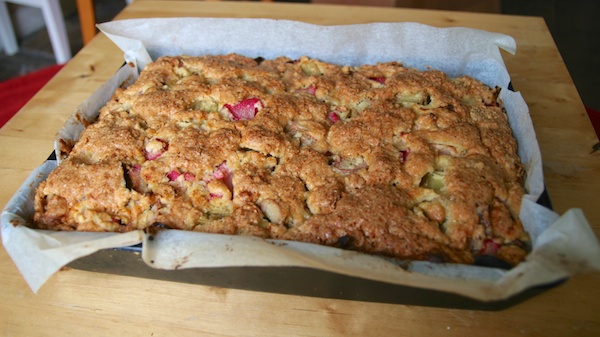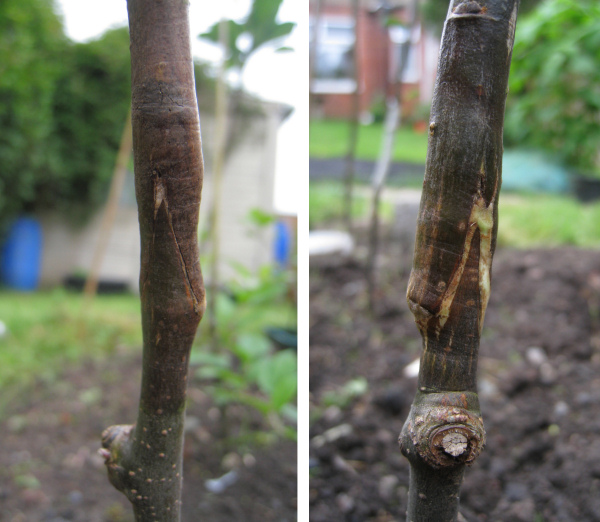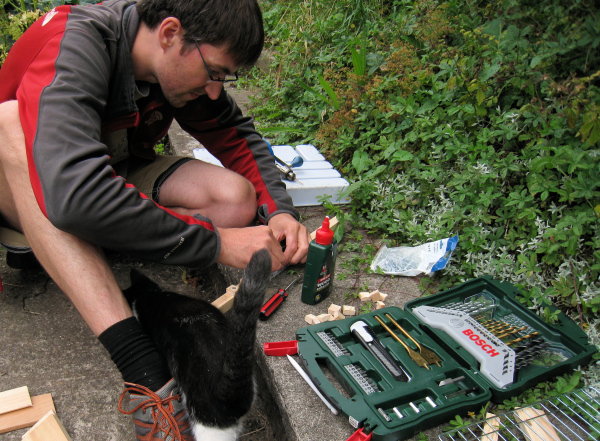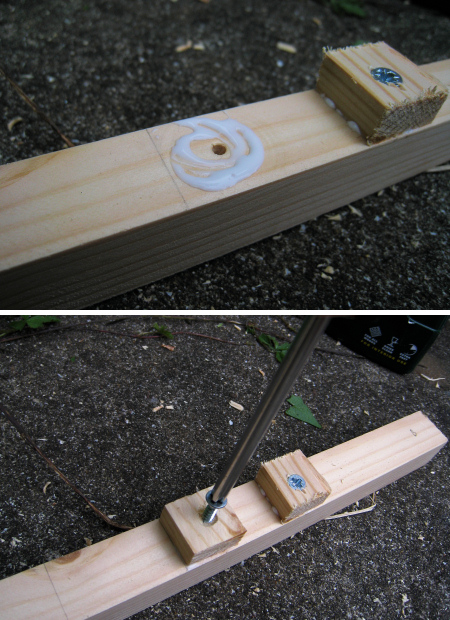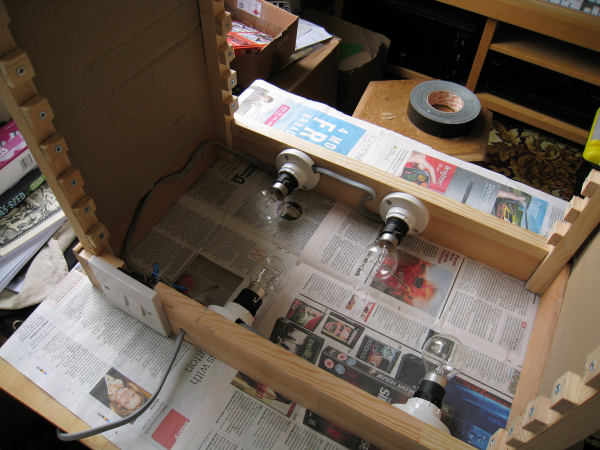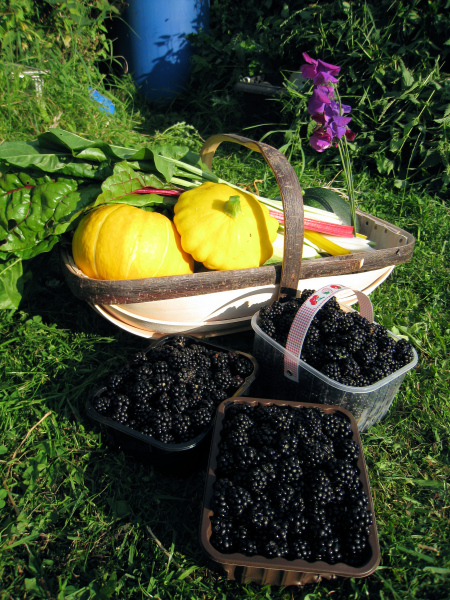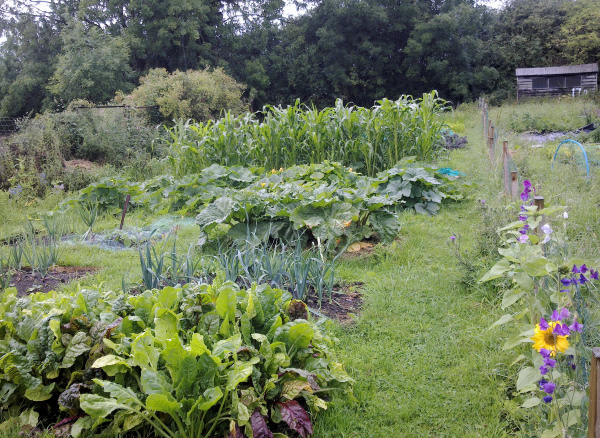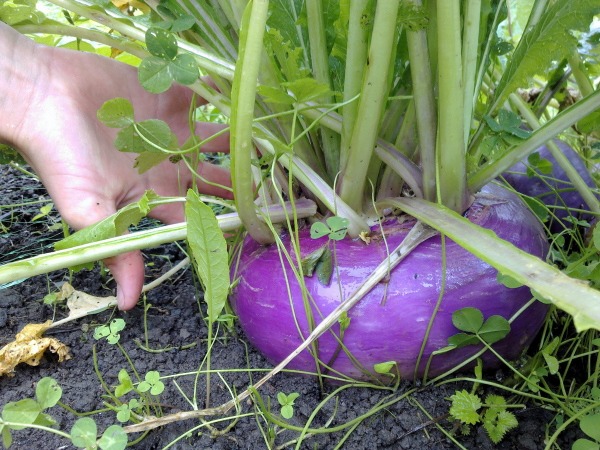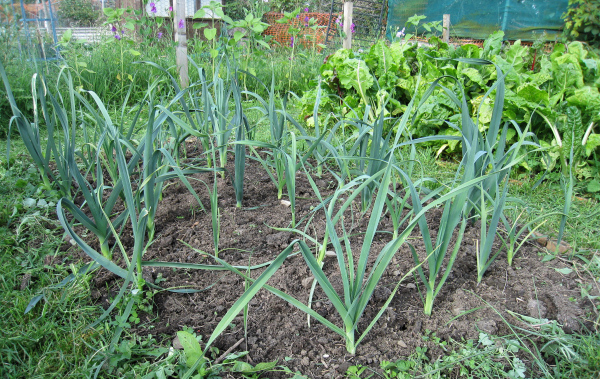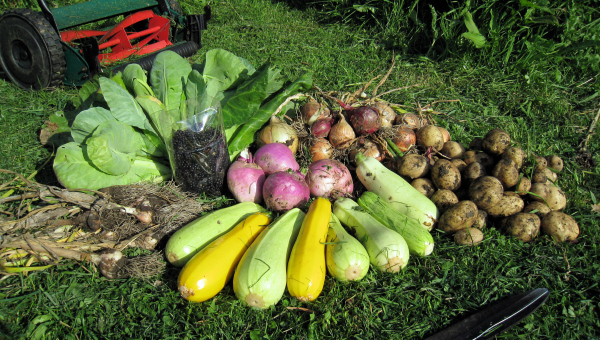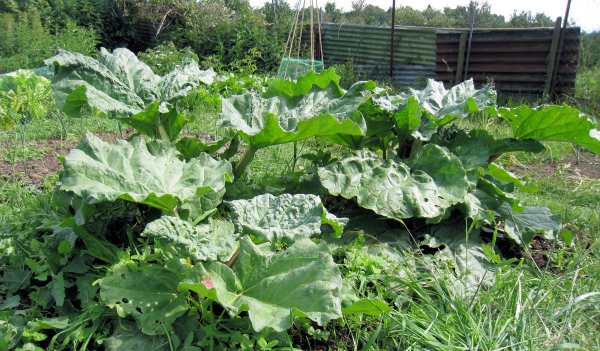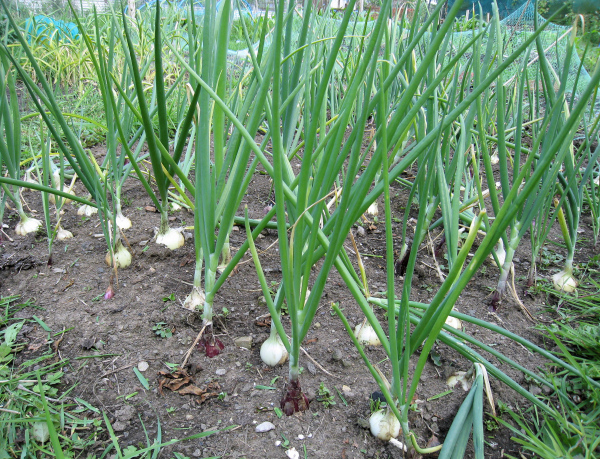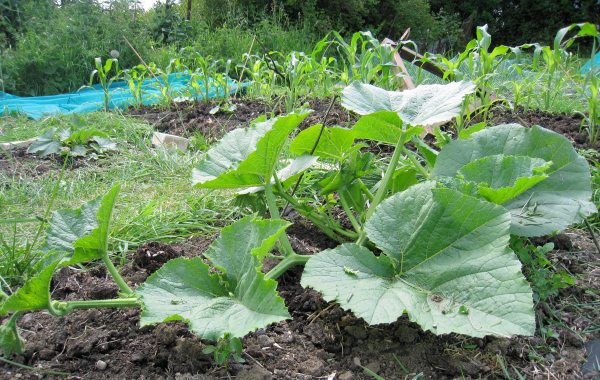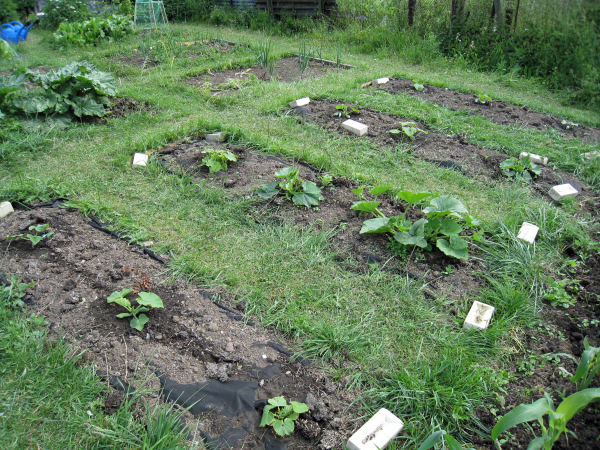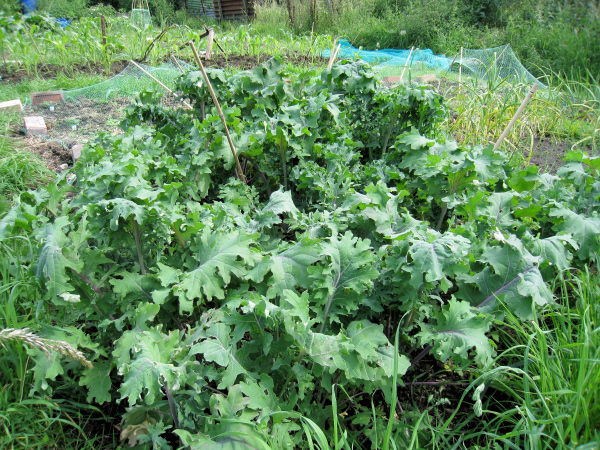Last week we decided to join in with awareness raising campaign Live Below The Line. The main aim of the campaign (apart from fundraising) is to draw attention to the many people living below the “poverty line” (in the UK equivalent to £1 per day on food), and the challenge was to do the same, spending under £1 per day on food. Of course, it is not meant to be in any way comparable – someone “living below the line” for real would have a limited budget which would have to do for not only food but also toiletries, lighting, heating, cooking, accommodation, clothes, shoes, travel, medicine, etc. – but to be thought-provoking and challenging. We’re not the types who would normally spend £3 on a cup of coffee or eat out more than occasionally, but we certainly have the luxury of not needing to worry about the cost of food.
So, how did it go?
Well, we started badly by being away from home the week before and having a power cut on Sunday, so were rather distracted from our preparation which meant that we had to do our shopping on Monday morning, at Tesco. We have taken some flak for going to Tesco (more on that later) but we were unsure at that point whether we would manage the challenge, so prioritised quantity per penny and made full use of the Tesco Value range:

Shopping
Total spent £8.90. The garlic (23p) and 1 onion (14p) were purchased separately and the homemade jam we worked out at 11p per 100g. We were pleased to have some money left over for oil and seasonings etc, which we priced pro rata, and we allowed ourselves produce from the allotment at a total of 37p for the week (£37 per year, 5% of area, 1/5 of annual produce – a debatable calculation but I think reasonable). Catch of the day was the celeriac, reduced to just 20p.
Monday breakfast: 90g oats and 18g jam, 7.5p
Then we made some bread (500g flour, 7g yeast and 5g salt, total 30p), of which we had a couple of slices each for lunch with 1/4 tin of tuna (11p) and a couple of biscuits (0.62p each):

Bread
Dinner (51p) included a sixth of a vegetable stew (1/2 celeriac, 500g carrots, 100g onion, 3 cloves garlic, 20g oil, 1/4 celery pack, 1 tin beans, 2 cartons passata, total £1.39), which we made on Monday and which provided Tuesday’s lunch and dinner as well. Rice portion 6p each. For dessert we had some rhubarb from the allotment. Also from the allotment was a delicious starter of asparagus, which was eaten before it could be photographed…

Monday
Tuesday breakfast: We had budgeted for 100g oats each per day for breakfast, but this did turn out a bit too much and we ended with some left over!
Lunch was leftovers for Chris (30p), and two tuna sandwiches for Erica (20p).
For dinner we started on the potatoes: we used 1.5kg (54p) for chips with a little oil (4p). Half of the chips were saved for tomorrow’s lunch and half served up with the remains of yesterday’s bean stew (45p) and 225g of the green beans (17.5p). Rhubarb followed. Divide that by two for the cost per person and here it is:

Tuesday
Wednesday lunch was chips and bean stew and a couple of jam sandwiches (30p) for Chris, which adequately fuelled his day of volunteering with a bicycle maintenance scheme. Erica finished the tin of tuna with the bread (and perhaps a couple of sneaky chips from the fridge) (20p).
Wednesday dinner was dal (500g yellow split peas, most of the rest of the garlic, 5g cumin seeds, 30g oil, <1g chilli, 1/2 onion, 1/2 celery pack, 2 carrots, total £1.21) with rice (6p each) and more green beans (12p). We started eating before remembering to take a picture:
[caption id="attachment_808" align="aligncenter" width="600" caption="Wednesday"] [/caption]
[/caption]
Thursday lunch and dinner were both more dal and rice, with green beans at dinner again:

Thursday
On Friday morning we realised we had slightly miscalculated and should have cooked the previous night, so had to do it in the morning to avoid having to buy bread for lunch. We made another bean stew (135g onion, last of garlic, 25g oil, 1/4 celery pack, other 1/2 celeriac, other tin kidney beans, 3 carrots, 1 carton passata, total £1.06) and baked 11 potatoes. We each had 3 potatoes and some stew for lunch and Chris made some more bread (30p see above). Dinner was the rest of the stew and potatoes:

Friday
So we ended up staying just within the budget, but having a fair amount of food to spare. We didn’t use any of the plain flour (52p) or the tinned spaghetti (14p), and we had quite a lot of potatoes and carrots left over from the big packs, as well as some oats and green beans. In nutritional terms we did just fine on calories but probably were a bit over-reliant on carbs – and we also realised afterwards that there was almost no fat in anything we had except for the oil for frying, so it might have been sensible to use the slack for something like a bit of milk.
We were surprised to find the budget quite so easy to live on, and felt the main challenge was planning carefully. It was a bit strange to see some people posting on the LBTL Facebook page saying that they were going hungry or had only a carrot for dinner – I think these people relied a bit too much on over-processed “cheap” food which actually turns out not to be so cheap when you realise how little nutritional value it has. And those who insisted on having the non-negotiable meat and dairy products in their diet also seemed to trade off very heavily on calories, despite picking the most revolting sausages available(!) and the factory farmed eggs.
Returning to our own trade-offs, however…. as has been said above, yes we did go to Tesco and yes we did buy the non-organic exploited unethical veg while we were there. We thought this would be necessary but in retrospect we believe we were enough within budget that it would have been possible, but only just, to buy organic versions of some of these.
Whilst this has been an interesting exercise we feel an important point has been missed by many. The low price paid for food in the west (aka Tesco Value) is a form of exploitation and at least partly responsible for much of the world’s poverty. For example, the average U.S. consumer spent 9.8 percent of disposable personal income (income available after taxes) on all food in 2007, a figure that has fallen from 14% in the 1970s (ref). In the UK it’s around 15%, half what it was 50 years ago (ref). For those who are able, paying a fair price for food is part of ensuring that we can continue to support our farmers through the tough times ahead as agricultural inputs (based on fossil fuels) inevitably increase in price. Choosing organic and local, low-fuel-input foods is obviously an even better way of mitigating this problem by helping farmers move to more sustainable agricultural practices, securing a more affordable food supply in the long term. For our food future Tesco Value is part of the problem, not part of the solution.
Our next challenge will be to repeat the exercise, but restricting ourselves to organically grown and fairly traded produce. Fairly traded here doesn’t mean just “Fair Trade” branded but includes western countries with good labour laws. At the moment, these are often more expensive, so it will certainly be more of a challenge but one more relevant to the future.
We haven’t pestered anyone for donations, but if you’d like to help the charities who organised this campaign you can do so here.

Shopping Bill
Additions:
37p allotment produce (asparagus and rhubarb)
7p for 100g of sugar for stewing rhubarb
23p garlic
14p other onion
45p tin tuna
14p for 105g oil
0p for the last of some dried chilli from the garden from last year (<1g)
22p for 200g homemade jam
4p for 5g cumin seeds
11p for 14g yeast
0p for 10g salt
----
£1.78
Subtractions:
14p tin spaghetti unopened
52p plain flour unopened
----
68p
Total spent £9.99 (!)
Leftovers (approx): 2kg potatoes, 800g carrots, 500g bread flour, 200g green beans, 150g oats, and a few biscuits! (about £1.50) making our actual daily average around 85 pence.
